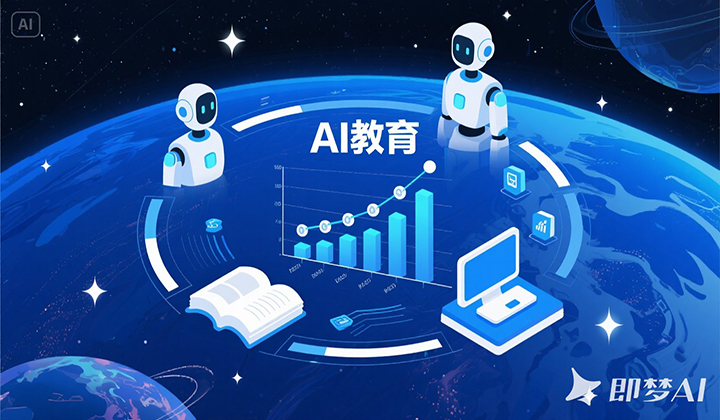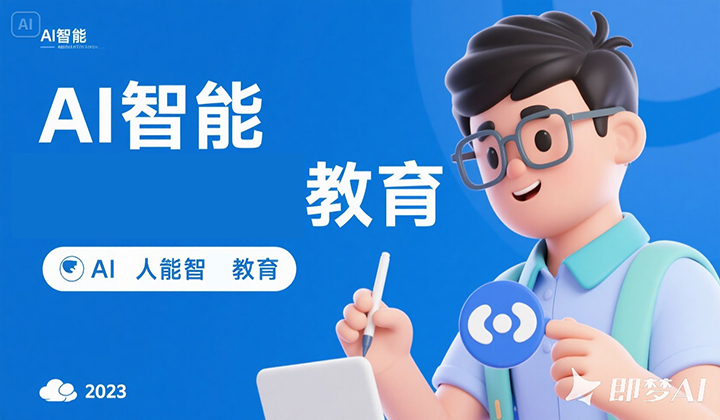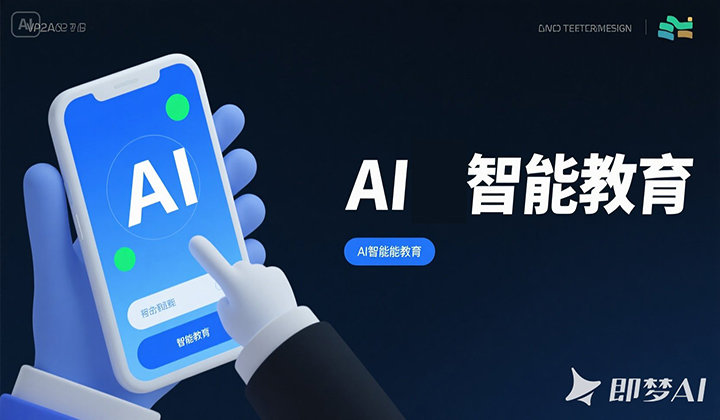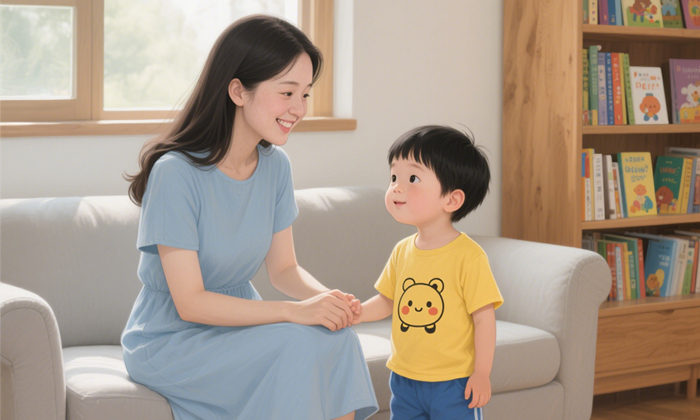AI in Education Is Reshaping the Teacher-Student Relationship
As Artificial Intelligence (AI) becomes more deeply integrated into classrooms, it is not just changing how students learn — it is fundamentally reshaping the relationship between teachers and students. From grading automation to intelligent tutoring systems, AI is shifting the traditional roles within education and prompting educators and learners to redefine their interactions in meaningful ways.
From Knowledge Provider to Learning Facilitator
Traditionally, teachers have served as the primary source of knowledge. In the AI-powered classroom, that role is evolving. With tools that deliver real-time content, provide instant feedback, and adjust to individual student levels, students can access information anytime, anywhere.
This shift allows teachers to step into the role of learning facilitators rather than sole instructors. Instead of lecturing for most of the day, teachers can focus more on guiding discussions, encouraging critical thinking, and supporting emotional and social development — areas where human connection is irreplaceable.
Greater Focus on Individual Needs
AI enables a deeper understanding of each student’s learning behavior, strengths, and areas for improvement. With data-driven insights, teachers can now personalize support like never before — offering targeted help, designing flexible lesson plans, and tracking progress more effectively.
This personalization fosters a more meaningful teacher-student relationship. When students feel seen and supported as individuals, their trust in teachers often grows, leading to stronger engagement and better learning outcomes.
Encouraging Student Autonomy
AI tools often empower students to take more control over their own learning. With personalized platforms, students can learn at their own pace, revisit difficult concepts, or explore areas of interest beyond the standard curriculum. This autonomy transforms the dynamic between teacher and student from hierarchical to collaborative.
As students become more self-directed, the teacher’s role becomes one of mentorship and coaching, helping learners reflect on their goals and build critical thinking skills. The relationship evolves into a partnership — a joint effort to achieve academic and personal growth.
Challenges in Human Connection
While AI supports personalization and autonomy, it also introduces potential downsides. Overreliance on technology may reduce face-to-face interaction and emotional bonding in the classroom. There’s a risk that students might turn to machines instead of seeking guidance from teachers, weakening the relational fabric of education.
To address this, schools must balance digital tools with intentional opportunities for human connection — such as group discussions, mentorship programs, and one-on-one teacher-student check-ins.
Redefining Trust and Responsibility
AI introduces new ethical questions: who is responsible for a student’s progress — the algorithm or the teacher? How do we ensure the AI is fair, unbiased, and transparent? These questions are shaping not only educational policies but also the trust dynamic between students, teachers, and institutions.
As AI takes on more instructional tasks, teachers must remain involved in interpreting and contextualizing AI recommendations, ensuring that decisions are guided by empathy, professional judgment, and understanding of the individual student’s situation.
Conclusion
AI is transforming education, but its greatest impact may be on the human relationships at its core. Rather than replacing teachers, AI offers an opportunity to strengthen the teacher-student bond by freeing up time for deeper interaction, enabling personalized support, and encouraging learner independence. The challenge lies in finding the right balance — using technology to enhance, not diminish, the essential human element in education.














